Big Red Social Media Channels
Subscribe to our YouTube channel: Big Red Media. Enjoy entertaining and informative videos with Big Red.
Latest News and Articles
Can Tesla Redeem the Failing History of Electric Cars?
Teslas may seem like space age tech, but electric cars existed at the genesis of the auto industry. Automobiles were adopted in this order: steam engine—electric cars—internal combustion engines. Whereas the gas powered engines came in the early 1900s, electric engines were around in the 1800s. They didn’t last long until the advent of rechargeable batteries in 1859.
Fresh out of Scotland
Scottish engineers were early electric car innovators. William Morrison was one such engineer who made a splash in America in 1887 with his 4WD electric carriage. With a top speed of 20 mph, this car was a sensation at the Chicago World Fair of 1893.

Electric Cars Take NYC
By the early 1900s, New York City had 600 electric cabs, and other large cities followed suit. The taxi venture eventually failed in 1907 because of business issues like investor conflicts, and an unsustainable expansion. Ransom Eli Olds, founder of Oldsmobile cars created a line of electric cars before he rolled out his gas powered line.
The Tech Race
As internal combustion engines began to win the technology race, electric cars stayed in business because they were silent and easy to use. Often, women drove them because they didn’t want to crank the newer gas powered engines to start them. City shopping districts had charging stations to attract wealthy electric car driving customers.

Price Wars
Gas car manufacturers removed the crank barrier to their adoption by using electric parts, specifically a starter. But they didn’t just win the tech battle. Ford’s Model T was much more affordable and kept getting cheaper. The first Model T was $850 in 1908, when most electric cars were at least twice that price. By 1923, Model Ts cost $300, while electric cars were 10 times that price.
Introducing Tesla
Teslas are similarly too expensive for most. Founded in 2003, Tesla wanted to prove that electric cars could be better, quicker, and more fun to drive than gas cars. Their goal is no less than eliminating fossil fuels ASAP. Their mission: “to accelerate the world’s transition to sustainable energy.” How do they plan to accomplish this? Their strategy is to start at the high end of the market, then drive down the market as fast as possible to producing more cars at lower prices with each model. That would look like this:
| Current Car | Price |
| Model 3 | $94,900 |
| Next generation | $47,450 |
| Generation after next | $23,725 |
The Tesla strategy depends on finding enough elite customers to buy the expensive cars, and that would pay for the development of the next generation cars, and so on.
How Many People Buy Teslas?
According to this source, Tesla sold 936,000 cars in the U.S. in 2021. Their market share is 2.02%. The cheapest Teslas are the Model 3 Standard Rage Plus, which have a base price of $44,990.
How Many People Buy Fords?
Ford is the automaker that defeated the early electric car, despite the fact that Henry Ford’s wife, Clara, exclusively drove electric cars from 1908-1914. So how does Ford stack up against the biggest electric carmaker today? Ford sold 1,905,955 cars in 2021. Their market share is 12.6%. Though they are falling behind Toyota and GM, they remain competitive with their F150s, and even plan to dominate with an electric version in the future.
Who Will Win the Electric Car Race?
Teslas are intriguing. They are fast and cool, and Musk is playing to win. Does this mean he will beat other automakers in their rush to produce electric cars to compete head to head? What about trucks? Trucks are the hottest gas cars. What happens if they switch to electric? Ford’s F-150 Lightning Electric truck promises to cost between $39,974 and $95,000. They plan to be just behind Tesla in electric car production by 2023. So if it’s Tesla against the world—they’d probably have to compete head to head with the whole industry. It’s unlikely they’d remain the only electric car company.

Can Tesla Eliminate Fossil Fuels?
That’s easier said than done. If it is possible to do this on swagger, sure. Tesla is leading the way. They’ve grown a lot in the past few years. Whereas Henry Ford dominated the early auto market because of manufacturing innovation and lower prices, Tesla may do it by its cool factor and influence. They will also have help this time around by the other automakers, including Ford. It remains to be seen whether the industry will stop producing gas cars.
Don’t Get Caught With a Dead Car in Winter
It’s way below freezing. The thermometer reads 12°F. You think to yourself, I’ll just hop in the car and wait for it to warm up. But, it doesn’t start. It’s the battery. No one wants to get in their car in the cold and not be able to start it. So, is there a way to make sure your battery doesn’t freeze and ruin your day?
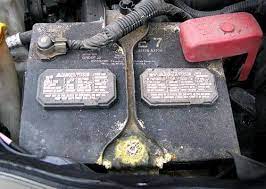
How Batteries Freeze
The #1 winter car problem is a dead battery. Cold temperatures reduce battery voltage, making the freezing point rise. A 100% fully charged battery won’t freeze above -76° F, but a fully discharged battery will freeze at 32° F.
Batteries are filled with sulfuric acid and water. These fluids combine to create an electrolyte with a very low freezing point. A fully charged battery is unlikely to freeze. A run down battery could freeze.
Signs of a Frozen Battery
Look for these signs of a frozen battery:
- cracks anywhere on the battery case
- the battery sides are bulging
- no sound of liquid when the flooded cell battery is moved
Don’t jumpstart a frozen battery! It could explode.
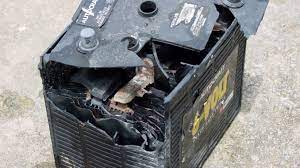
Take care trying to revive a dead battery in the winter. If Your car cranks a little bit, it’s probably not a frozen battery. Go ahead and jump it. But if you don’t hear anything when you turn the key, you might have a frozen battery. A frozen battery can cause real damage whether you try to jump it or not. Pull the cell caps off and look inside. If you spot ice, don’t try to jumpstart your car. Your battery could explode if you try to revive it.
Warming up a Dead Battery
Bring your battery inside the house or garage. If it was frozen for more than a few hours, it may be permanently damaged. After an overnight period of warming, look inside the cells. If you see water, it’s safe to reinstall or jump the battery.
Frozen Battery Prevention
It’s better to bring the battery inside overnight if severe weather is forecast. If you don’t park your car in a garage, take the battery inside the house. Other ways to keep your battery warm are battery blankets, block heaters, or trickle chargers.
Battery Blankets
Battery blankets heat the battery 60°à70° above ambient temperature for quick starts. There are two kinds of battery blankets: electric and regular. Non-electric blankets are made of thinsulate thermal insulation.
Plug in electric blankets, because they have a heating core. Winterizing your low acid battery will prolong its life. If you notice that it’s taking longer for your car to start in the winter, you might need a blanket. (link on word ‘blanket’: garagedetective.com/car-battery-blankets-work/ You can buy battery blankets at auto parts stores.
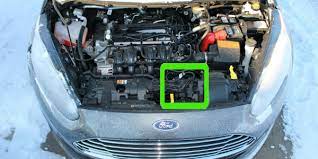
Block Heater
Your car needs these fluids: engine oil, transmission fluid, and antifreeze. In cold temperatures, these fluids thicken, becoming more dense, making it harder for them to do their job. A block heater warms them, so they flow. There are different types of block heaters:
- oil pan heaters
- in-line heaters
- bolt on block heaters
- external heaters, which directly heat the engine and indirectly heat the coolant
- freeze plug heaters are installed directly onto the engine block
- cartridge heaters are fastened to a channel of the coolant chamber and indirectly heats the coolant
With any of these heaters, keep the cords tucked away from the moving parts in the engine.
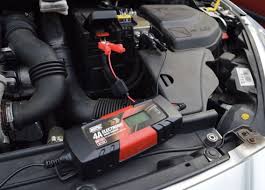
Trickle Chargers
A trickle charger is a battery charger that charges at a low amperage. Some are also designed to be left connected long-term without overcharging.
How to Prolong Battery Life
These tips can help prolong battery life:
- Keep the battery clean. Dirt is a conductor, which drains life from the battery. Corroded terminals also increase insulation and inhibit current flow.
- Carry a battery charger. This is the only way to drive after leaving your car standing for days at a time.
- Turn off everything in the car when you park. Headlights drain a battery fastest, but interior lights and radios can also kill the battery if the car is left on for hours.
- Monitor your battery if it needs topping off in the summer. Use distilled water to top it off when necessary.

Signs You Need a New Battery
Pay attention to your car so you know when to replace your battery. Be on the lookout for these signs:
- Headlights and interior lights are dimmer than usual.
- In-car accessories don’t work.
- The “check engine” or “battery” light is on.
- the battery is more than 5 years old and struggles to start the car in freezing conditions.
After You Know What to Do When Your Battery Dies
So you go out to start your car one cold morning. The engine doesn’t turn over. Is your battery frozen? You know how to find out. Whether you replace the battery or not, it’s good to have a battery charger. You can get it going no matter the weather from now on.
What If I Told You That You Can Maintain Your Car in 35 Minutes a Month?
Taking care of your car is a good practice for the long-term. After spending a fortune for it, it can at least perform for you—make it worth your investment.
But who has time for all that? I know. You buy a car so you can go to work. And then you work so you can pay for your car. That’s not right! That’s just a doom loop.
What can that car do for you? Can it look good while it takes you around? Can it run smoothly and not cause you to worry? That would be nice too.
What if car maintenance didn’t take up all your time? What if it took up no time in the scheme of things? 35 minutes a month is like 1 minute a day. If we double that 35 minutes a month, you can throw in bi-weekly car washes. But, subtracting that (and calling it vanity), you can give your car regular maintenance in 35 minutes a month.
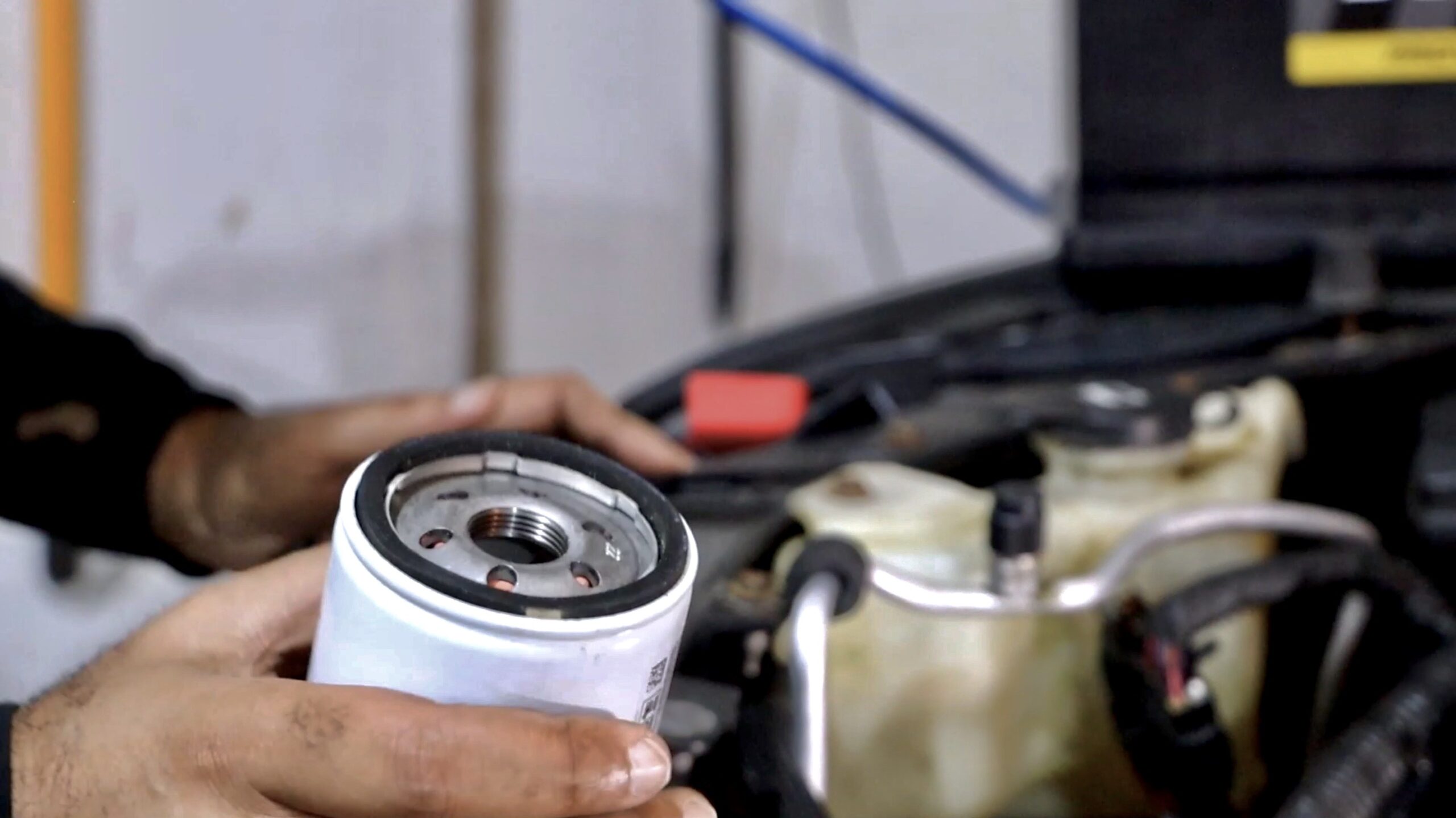
What is Proper Car Maintenance?
First let me address proper car maintenance. The list below breaks down the tasks based on how often you should do them.
When and What to Maintain?
- Every month, check your tire pressure, check your oil level, and check your belts and hoses
- Every 3 months: change your oil
- Every 6 months: rotate your tires, replace your belts, and inspect your brakes
- Annually: change your air filter, change your brake pads, and replace your wiper blades
- Every 4 years: replace your hoses

Tires
You should check your tire pressure monthly. This should take about 1 minute per tire, so we’ll round this up to 5 min. total, to account for nerves or inexperience. Put in the tire pressure gauge and read the number. The correct level is written on the tire itself, so that’ll take no extra time to find out. If the air pressure reads too low, put air in until your tire reaches the correct level. You should rotate your tires every 6 months. This job usually requires an appointment at a shop, and the job itself takes 15 minutes. That averages out to 2 ½ minutes a month.Total Time Tally

Oil Tasks
You should check your oil once a month. This 1 minute task will keep you on top of your oil levels and color. The blacker the oil, the older and dirtier. You don’t want to be surprised by needing an oil change. Keep track of the date and the products you need to change your oil with Oil Change Commander. This service looks up your car by VIN# and sends you emails reminding you when to change your oil and what to use in your oil change. You will be reminded every three months or six, depending upon how much you drive your car. Each oil change should take 45 minutes. So quarterly oil changes will take 15 minutes a month.Total Time Tally

Windshield Wipers
Inspect your wipers when you change your oil, which should take 2 minutes each time. This inspection includes checking your wiper fluid level. Topping it off is also included in this time. This averages out to 67 seconds a month. Replace your wipers once a year, which takes 15 minutes, averaging 40 seconds a month.
Total Time Tally
Tires: 7.5minutes
Oil: 16 minutes
Wipers: 1 minute
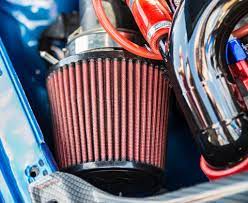
Air Filter
Your air filter is due to be replaced once a year, and this should take 10 minutes. Of course you knew this would shake out to about 83 seconds a month.Total Time Tally
Tires: 7.5 minutes
Oil: 16 minutes
Wipers: 1 minute
Air Filter: 0:83
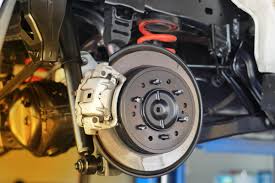
Brakes
You should inspect your brakes every 6 months. It’s a good idea to do this on the same day you rotate your tires. Tire rotations are also done every 6 months.
Brake inspections take under 5 minutes each time, which would average out to: 83 seconds a month.
You need to replace your brake pads every 10,000-20,000 miles, which is around 10-20 months. This is a 4-hour job, workings out to 3.33 minutes a month.
Total Time Tally
Tires: 7.5 minutes
Oil: 16 minutes
Wipers: 1 minute
Air Filter: 0:83 minutes
Brakes: 7 minutes
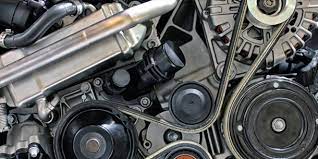
Belts and Hoses
You should include belts and hoses in your yearly inspections. Belts should be inspected every month, checking for wear and tear. Replace them every 6 months. This replacement is a 15 minute job. That would average 2 ½ minutes a month. Inspect hoses every 3 months, but they only need replacing every 4 years. That 15 minute service averages 31 seconds a month.Total Time Tally
Tires: 7.5 minutes
Oil: 16 minutes
Wipers: 1 minute
Air Filter: 0:83 minutes
Brakes: 7 minutes
Belts/hoses: 3 minutes
Total: 35 minutes
Conclusion
Is it absurd to break these cyclical maintenance tasks down by the month? Sure, but that was just an exercise to show you what little time it takes per year to maintain your car. It takes 35 minutes—less than 1 hour a month to fully maintain your car. Is a reliable car worth 35 minutes a month of your time? I think so.
Get Your Copy of the Engine Replacement Course!
Step by step instructions and high-definition videos walk you through the whole process of the engine removal and replacement. The entire comprehensive engine replacement course is available for order right now!
Signup For Updates and a FREE Gift
Signup for the Email List and get The Perfect Engine Swap Tools List, a complete list of the tools you’ll need to do an engine swap in your own garage. The List includes source links and current prices so you don't have to search around for the right tools.


